Home>diy>Building & Construction>What Is Drainage In Construction
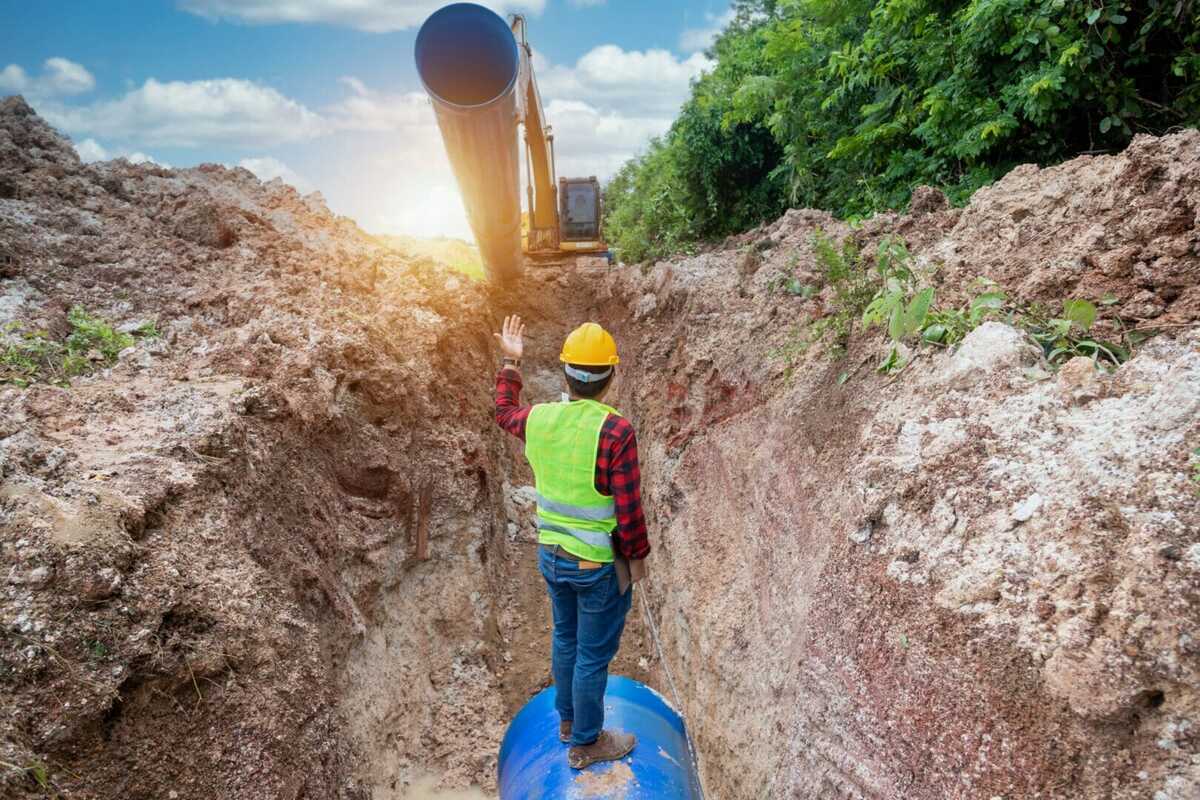

Building & Construction
What Is Drainage In Construction
Modified: December 7, 2023
Learn all about drainage in construction and its importance for building-construction projects. Find out how proper drainage systems help prevent water damage and maintain structural integrity.
(Many of the links in this article redirect to a specific reviewed product. Your purchase of these products through affiliate links helps to generate commission for Storables.com, at no extra cost. Learn more)
Introduction
Welcome to the world of construction, where every project is built from the ground up. One crucial aspect of ensuring the durability and longevity of any structure is proper drainage. Drainage plays a vital role in construction, protecting buildings from water damage, preventing soil erosion, and maintaining the stability of the surrounding environment.
In this article, we will explore the definition of drainage in construction, its importance, the different types of drainage systems, common problems that arise, and solutions to address these issues. By understanding the significance of drainage and implementing appropriate measures, constructors can create safe and long-lasting buildings.
So, let’s dive into the world of drainage in construction and learn how it impacts the success of construction projects.
Key Takeaways:
- Proper drainage in construction is vital for preventing water damage, erosion, and foundation problems, ensuring the longevity and safety of buildings.
- Effective surface and subsurface drainage systems, along with proactive maintenance and expert consultation, are essential for addressing common drainage issues and maintaining the integrity of construction projects.
Read more: What Helps With Plant Drainage
Definition of Drainage in Construction
Drainage in construction refers to the system or process of removing excess water from a construction site to prevent water accumulation, flooding, and potential damage to the structure and its surroundings. It involves the proper planning, design, and implementation of drainage systems to ensure the efficient flow of water away from the construction site.
The primary goal of drainage in construction is to manage the water that comes into contact with a building and the surrounding land. This includes rainwater, underground water, and water from various sources, such as plumbing systems and irrigation.
Proper drainage ensures that water is effectively channeled away from the foundation and building elements, reducing the risk of structural damage caused by dampness, mold, or water infiltration. Drainage systems also control the flow of water to prevent soil erosion, stabilize the land, and protect the overall integrity of the construction site.
Drainage in construction is a critical aspect of building design and cannot be overlooked. When done correctly, it helps to maintain the structural integrity of the building, increases its lifespan, and enhances the safety and comfort of the occupants.
Now that we understand the importance of drainage in construction, let’s explore why it is essential for every construction project.
Importance of Drainage in Construction
Proper drainage is of utmost importance in construction for several reasons:
- Structural Integrity: Effective drainage prevents water from accumulating around the foundation, which can weaken the structure over time. Excess water can lead to soil movement and settlement, causing cracks in the foundation and compromising the overall stability of the building. By mitigating water infiltration, drainage systems help maintain the structural integrity of the construction.
- Water Damage Prevention: Without proper drainage, water can seep into basements or crawl spaces, causing extensive damage to walls, floors, and electrical systems. This can lead to mold growth, rot, and deterioration of building materials, which can be costly to repair and even impact the health of occupants. Drainage systems redirect water away from the building, minimizing the risk of water damage.
- Erosion Control: Water accumulation and inefficient drainage can result in soil erosion on construction sites. This can not only undermine the stability of the building but can also lead to sediment runoff into nearby bodies of water, causing environmental damage. Implementing proper drainage techniques helps to prevent erosion, protect the surrounding environment, and maintain the aesthetics of the site.
- Preventing Foundation Problems: Excess water can cause the foundation to shift, settle, or crack, leading to significant structural issues. By implementing drainage systems that redirect water away from the foundation, constructors can help prevent these foundation problems.
- Preventing Flooding: Efficient surface and subsurface drainage systems help manage heavy rainwater and surface runoff, preventing flooding both within the building and on the construction site itself. Properly designed drainage systems can handle large volumes of water, reducing the risk of flooding and minimizing disruption to construction activities.
Overall, the importance of drainage in construction cannot be overstated. It is crucial for maintaining the integrity, safety, and longevity of the building while also preserving the surrounding environment. By incorporating proper drainage techniques from the early stages of the construction process, constructors can ensure the success and durability of their projects.
Types of Drainage Systems in Construction
In construction projects, different types of drainage systems are used to manage and control the flow of water. These systems can be classified into two main categories: surface drainage and subsurface drainage.
Surface Drainage:
Surface drainage involves the removal of excess water from the surface of the construction site. It primarily focuses on managing rainwater, runoff, and surface water flow. The main components of surface drainage systems include:
- Gutters and Downspouts: These are typically installed along the edges of roofs to collect rainwater and direct it away from the building. Downspouts are vertical pipes that carry the water down to the ground and can be connected to underground pipes or directed to a drainage area.
- Swales and Channels: Swales are shallow, sloped channels used to direct water away from specific areas. They can be landscaped or engineered to enhance water flow efficiency. Channels, on the other hand, are more defined and can be lined with concrete, natural materials, or other drainage materials.
- French Drains: French drains are trenches filled with gravel or perforated pipes that collect and redirect water away from an area. These drains help mitigate water pooling and can be installed adjacent to foundations or in areas prone to water accumulation.
Read more: What To Plant In A Drainage Ditch
Subsurface Drainage:
Subsurface drainage systems are designed to manage groundwater or collect water below the surface of the construction site. These systems are commonly used in areas with high water tables or where water seepage is a significant concern. The primary subsurface drainage techniques include:
- Drainage Pipes: Perforated plastic or PVC pipes are installed underground to collect and carry excess groundwater away from the construction site. The pipes are typically placed in a bed of gravel to facilitate water flow and prevent clogging.
- Drainage Blankets: Drainage blankets, also known as geotextiles, are permeable synthetic materials placed beneath the soil or aggregate layers to filter out fine particles and allow water to pass through. They help to prevent clogging of the subsurface drainage system.
- Sump Pumps: Sump pumps are installed in basements or crawl spaces to remove water that has accumulated due to high water tables or water infiltration. The pumps pump the water away from the building to a designated drainage area or storm sewer system.
Both surface and subsurface drainage systems play a vital role in managing water and maintaining the stability and functionality of construction projects. The specific type of drainage system utilized depends on factors such as site conditions, climate, soil composition, and local regulations.
Surface Drainage
Surface drainage is a crucial component of any construction project. It focuses on managing the flow of rainwater, runoff, and surface water away from the construction site. By effectively redirecting surface water, surface drainage systems help prevent water accumulation, flooding, and erosion.
Gutters and Downspouts:
Gutters and downspouts are commonly used in surface drainage to collect rainwater from the roof of a building. Gutters are typically installed along the edges of the roofline to capture water and direct it towards downspouts. Downspouts are vertical pipes that carry the water down to the ground.
It’s important to ensure that gutters and downspouts are properly sized and positioned to handle the expected volume of water. Regular cleaning and maintenance are also necessary to remove debris and prevent clogs, which can hinder water flow and cause overflow issues.
Swales and Channels:
Swales and channels are designed to guide the flow of water away from specific areas of the construction site. A swale is a shallow, sloped channel that helps prevent water from pooling or collecting in low-lying areas. Swales can be landscaped with plants and vegetation to enhance water absorption and filtration.
Channels, on the other hand, are defined and constructed pathways for water flow. They can be lined with concrete, natural materials, or other drainage materials to enhance water flow efficiency. Channels are particularly useful for managing water flow in larger and more defined areas.
Read more: What To Plant In A Pot Without Drainage
French Drains:
French drains are a popular solution for managing surface water and preventing water accumulation around buildings and foundations. These drains consist of trenches filled with gravel and often incorporate perforated pipes. They are designed to collect and redirect water away from an area of concern.
The gravel-filled trench allows water to flow freely into the drain, while the perforated pipes help in transporting the water to a designated drainage area or a storm sewer system. French drains are effective in minimizing water pooling and can be installed adjacent to foundations or in areas prone to water accumulation.
When designing and implementing surface drainage systems, it’s crucial to consider the site conditions, including the slope of the land, the type of soil, and the anticipated volume of water. Proper planning and installation of surface drainage components ensure efficient water management and help protect the construction site and surrounding areas from water-related damages.
Subsurface Drainage
Subsurface drainage is a critical aspect of construction that focuses on managing groundwater and water below the surface. It involves the implementation of various techniques and systems to regulate water movement, prevent water accumulation, and maintain the stability of the construction site.
Drainage Pipes:
Drainage pipes are a common method used in subsurface drainage systems. These pipes are typically made of perforated plastic or PVC and are buried underground. The perforations allow water to enter the pipe, while the pipe itself serves as a conduit to carry the water away from the construction site.
Drainage pipes are often installed in a bed of gravel, which acts as a filter to prevent clogging of the pipes. The gravel also promotes water flow and helps distribute the water evenly along the length of the pipe. Proper sizing and placement of drainage pipes are crucial to ensure effective water management.
Drainage Blankets:
Drainage blankets, also known as geotextiles, are permeable synthetic materials that are placed beneath the soil or aggregate layers to aid in subsurface drainage. These blankets act as filters to prevent fine particles from clogging the drainage system and facilitate the passage of water.
Drainage blankets are particularly useful in areas with poor soil conditions or high groundwater tables. By allowing water to pass through while keeping the soil particles in place, these blankets help maintain a stable and well-drained construction site.
Read more: What Is Pre-Construction In Construction
Sump Pumps:
In situations where high groundwater levels or water infiltration pose a significant challenge, sump pumps are commonly used to manage subsurface water. Sump pumps are installed in basements or crawl spaces and are designed to remove water that accumulates in these areas.
When the water level reaches a certain point, the pump activates and pumps the water away from the construction site to a designated drainage area or storm sewer system. Sump pumps are essential for preventing water-related damages and maintaining a dry and safe environment within the building.
Successful subsurface drainage relies on proper design, installation, and maintenance of the drainage systems. Factors such as the soil type, groundwater levels, and site conditions must be taken into account to ensure effective water management. By implementing subsurface drainage techniques, constructors can minimize water-related issues, enhance the stability of the construction site, and protect the longevity of the building.
Factors to Consider in Drainage Design
Designing an effective drainage system involves careful consideration of various factors to ensure proper water management and prevent issues such as water accumulation, flooding, and erosion. Here are some essential factors to consider in drainage design:
Site Topography:
The topography of the construction site plays a significant role in drainage design. Understanding the slope and contours of the land helps determine the natural flow of water and identifies potential areas prone to water accumulation. Proper grading and shaping of the land can facilitate water movement away from the site.
Soil Type and Drainage Capacity:
The soil type and its drainage capacity are critical in designing an efficient drainage system. Some soils have a high permeability, allowing for easy water movement, while others, such as clay soils, have a lower permeability and may require additional drainage measures. Conducting soil tests and understanding its composition helps determine the appropriate drainage solutions.
Climate and Rainfall Patterns:
The climate and rainfall patterns in the region directly impact drainage design. Areas with high rainfall or frequent storms require more robust drainage systems to handle the increased water volume. Understanding the average rainfall intensity and duration helps in sizing and designing the appropriate drainage infrastructure.
Water Source and Quality:
In addition to managing rainwater and surface runoff, drainage design should also consider other sources of water, such as groundwater or water from plumbing systems. Proper connection and diversion of these water sources are necessary to prevent water accumulation in undesired areas.
Regulations and Compliance:
Local regulations and compliance requirements play a crucial role in drainage design. It is essential to be familiar with the specific guidelines and standards set by local authorities to ensure the drainage system is in compliance with regulations related to water management, stormwater runoff, and environmental protection.
Sustainability and Environmental Impact:
Consideration of sustainability and minimizing the environmental impact is becoming increasingly important in drainage design. Incorporating green infrastructure, such as rain gardens, bioswales, or permeable pavements, can help manage stormwater in an environmentally friendly manner, promote groundwater recharge, and reduce the strain on traditional drainage systems.
Read more: What Is My House’s Standard Drainage Size
Maintenance and Accessibility:
Drainage systems require regular maintenance and inspection to ensure they continue to function effectively. Designing the system with accessibility in mind, such as providing easy access points for cleaning and maintenance, makes it more convenient to keep the system in optimal condition.
By carefully considering these factors during the drainage design phase, constructors can develop a comprehensive and efficient drainage system that meets the specific needs of the construction site, mitigates water-related issues, and promotes a sustainable and resilient built environment.
Common Drainage Problems in Construction
While drainage systems are essential for managing water and ensuring the stability of construction projects, several common drainage problems can arise during the construction process. Understanding these issues can help constructors proactively address them and prevent potential damage. Here are some of the most common drainage problems in construction:
Poor Grading and Sloping:
Inadequate grading and sloping of the construction site can lead to water pooling and drainage issues. Improper surface preparation can result in flat or uneven areas where water accumulates instead of flowing away. This can cause water to seep into foundations, basements, or crawl spaces, leading to water damage and structural problems.
Clogging and Blockages:
Clogging and blockages in the drainage system are common issues that can disrupt the flow of water. Debris, sediment, roots, or even construction materials can obstruct pipes and gutters, leading to backups and water overflow. Regular maintenance and cleaning of the drainage system are necessary to prevent clogs and ensure proper water flow.
Read more: What Kind Of Plants To Plant For Drainage
Inadequate Pipe Sizing:
Using incorrect pipe sizes can compromise the efficiency and capacity of the drainage system. Undersized pipes can lead to insufficient water flow, causing backups and potential flooding. Oversized pipes, on the other hand, can result in water dispersal issues and inefficient drainage. Proper sizing of pipes is crucial in ensuring the effective performance of the drainage system.
Poorly Designed Drainage Systems:
Inadequate design of the drainage system can lead to several problems. Improper placement of gutters, downspouts, or french drains can result in water pooling or flowing towards vulnerable areas. Insufficient or improper installation of drainage pipes can also impact the system’s functionality. A poorly designed drainage system may not effectively manage water and can cause long-term damage to the construction site.
Groundwater and High Water Table:
Construction sites with high groundwater levels or proximity to bodies of water can pose significant challenges for drainage. Water infiltration from underground or rising water tables can result in water accumulation and affect the stability of the construction. Special measures, such as subsurface drainage systems or sump pumps, may be required to mitigate these issues.
Improper Surface Drainage:
Insufficient consideration of surface drainage can lead to water pooling, erosion, and potential damage to the construction site. Lack of proper swales, channels, or French drains can result in surface water runoff not being effectively redirected away from vulnerable areas. This can cause erosion, soil movement, and compromising the structural integrity of the site.
By recognizing these common drainage problems, constructors can take proactive measures to address them during the construction process. Implementing proper grading, sizing, and installation of drainage systems, along with regular maintenance, helps ensure efficient water management, prevent water-related damage, and maintain the overall integrity of the construction site.
Solutions for Drainage Issues in Construction
Addressing drainage issues in construction is crucial to maintain the integrity and functionality of the building. Here are some effective solutions to common drainage problems:
Grade and Slope Correction:
If poor grading or sloping is causing water pooling, the first step is to correct the grade and slope of the construction site. This involves reshaping the land to ensure water flows away from the building. Proper grading and sloping direct water towards designated drainage areas, preventing water accumulation and potential damage.
Regular Maintenance and Cleaning:
To prevent clogs and blockages, regular maintenance and cleaning of the drainage system are essential. Gutters, downspouts, and pipes should be inspected and cleaned on a regular basis. Removing debris, sediment, leaves, and other obstructions ensures smooth water flow and reduces the risk of backups and overflows.
Proper Sizing and Installation:
Ensure that drainage pipes, gutters, and downspouts are properly sized and installed. Undersized pipes can cause insufficient water flow, while oversized pipes may result in inefficient drainage. Working with professionals to correctly size and install the drainage components ensures optimal performance and water management.
Consider Subsurface Drainage:
In areas with high groundwater levels or water infiltration issues, implementing a subsurface drainage system can be an effective solution. Installing perforated pipes, drainage blankets, or sump pumps can help divert and remove excess water from the construction site, mitigating potential damage caused by water accumulation.
Proper Surface Drainage Design:
Designing and implementing proper surface drainage systems is critical to prevent water pooling and erosion. This includes creating swales, channels, or French drains to redirect surface water away from vulnerable areas. Incorporating permeable paving materials and green infrastructure, such as rain gardens, can also enhance surface drainage and promote sustainable water management.
Addressing Groundwater and High Water Table:
If the construction site has high groundwater levels or is located near bodies of water, it may be necessary to implement specialized drainage techniques. Subsurface drainage systems, such as well-placed drainage pipes or sump pumps, can manage groundwater and prevent water accumulation that may pose a risk to the building’s integrity.
Consult with Experts:
When dealing with complex drainage issues, it is advisable to consult with experienced professionals, such as civil engineers or landscape architects, who specialize in drainage design. They can assess the specific site conditions, recommend appropriate solutions, and ensure compliance with local regulations and best practices.
By implementing these solutions and taking proactive measures, constructors can effectively address drainage issues in construction projects. Proper grading, regular maintenance, and well-designed drainage systems not only prevent water-related damage but also contribute to the longevity and durability of the building.
Read more: What Can I Use For Planter Drainage
Conclusion
Drainage is an essential aspect of construction that should never be overlooked. Proper drainage design and implementation are crucial for maintaining the structural integrity, functionality, and longevity of buildings. By effectively managing water, constructors can prevent water-related damage, such as flooding, erosion, and foundation problems.
We have explored the definition of drainage in construction, its importance, the types of drainage systems, common drainage problems, and solutions for addressing those issues. Understanding the factors that influence drainage design, such as site topography, soil type, and climate, allows constructors to develop comprehensive and effective drainage systems.
Surface drainage systems, such as gutters, downspouts, swales, and French drains, help manage rainwater and surface runoff, preventing water accumulation and potential damage. Subsurface drainage techniques, including drainage pipes, drainage blankets, and sump pumps, address groundwater and high water table issues and ensure the removal of excess water from below the surface.
Constructors should also consider factors like regulations, sustainability, and maintenance when designing their drainage systems. Adhering to local regulations ensures compliance and minimizes environmental impact. Incorporating sustainable drainage practices, such as green infrastructure, promotes water management and encourages groundwater recharge.
By recognizing and addressing common drainage problems in construction, such as poor grading, clogs, and inadequate pipe sizing, constructors can proactively mitigate the risk of water damage. Regular maintenance and cleaning of the drainage system are instrumental in preventing blockages and maintaining efficient water flow.
Consulting with professionals, such as civil engineers and landscape architects, can provide valuable expertise and guidance in designing and implementing effective drainage systems tailored to the specific site conditions.
In conclusion, drainage is a critical element of construction that ensures the durability, safety, and functionality of buildings. By incorporating proper drainage design and taking proactive measures to address drainage issues, constructors can create resilient structures that can withstand water-related challenges and stand the test of time.
Frequently Asked Questions about What Is Drainage In Construction
Was this page helpful?
At Storables.com, we guarantee accurate and reliable information. Our content, validated by Expert Board Contributors, is crafted following stringent Editorial Policies. We're committed to providing you with well-researched, expert-backed insights for all your informational needs.

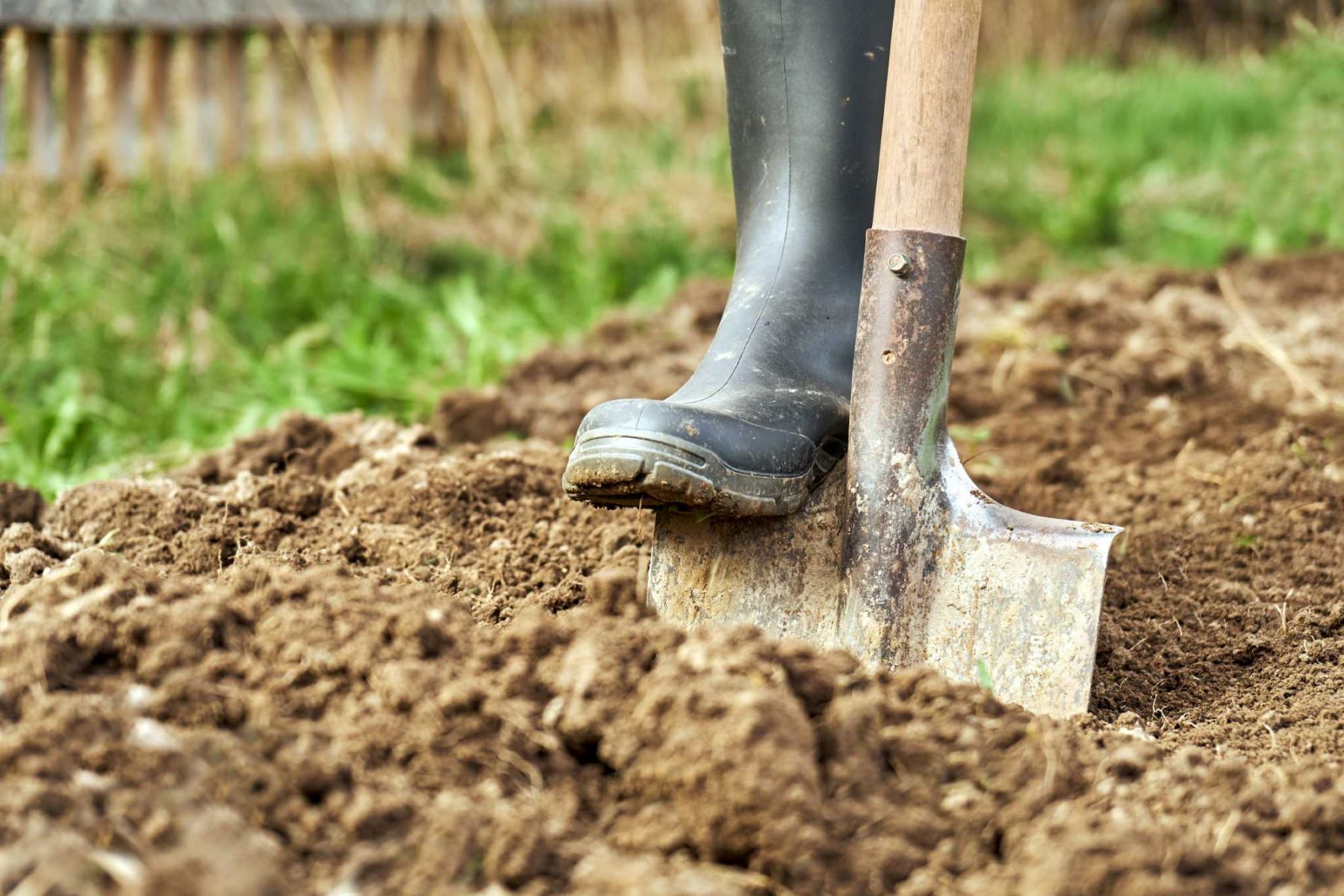
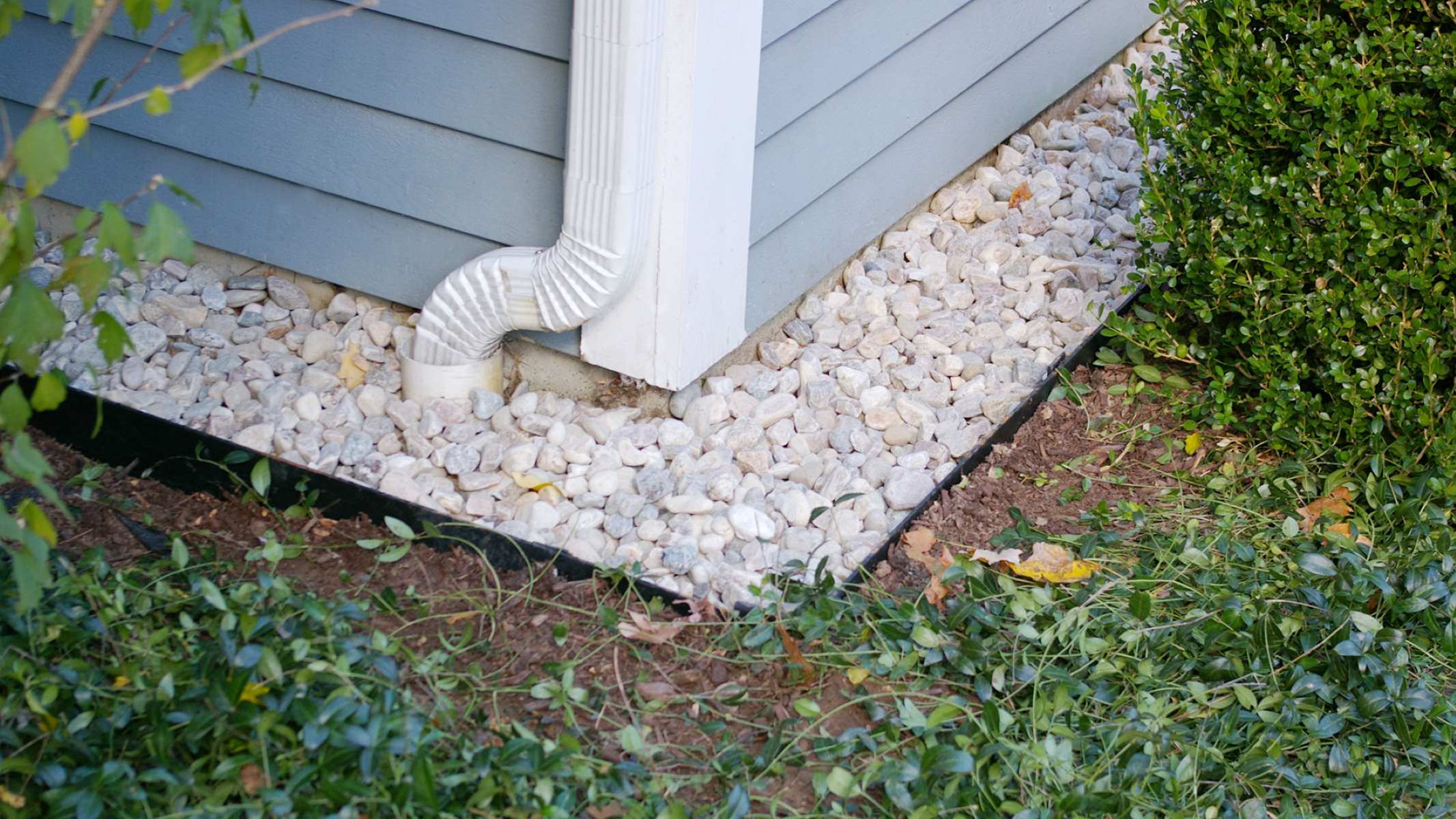
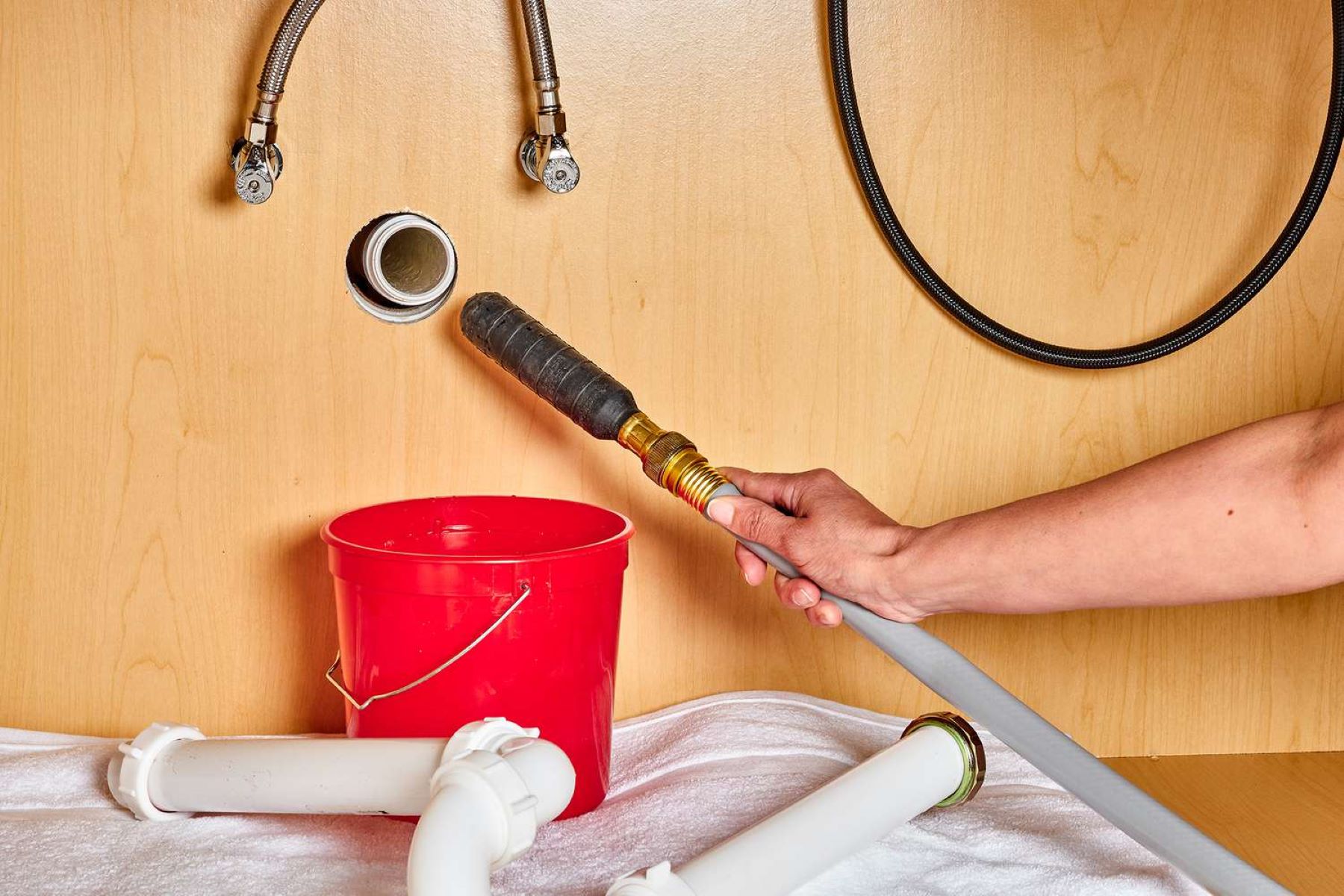
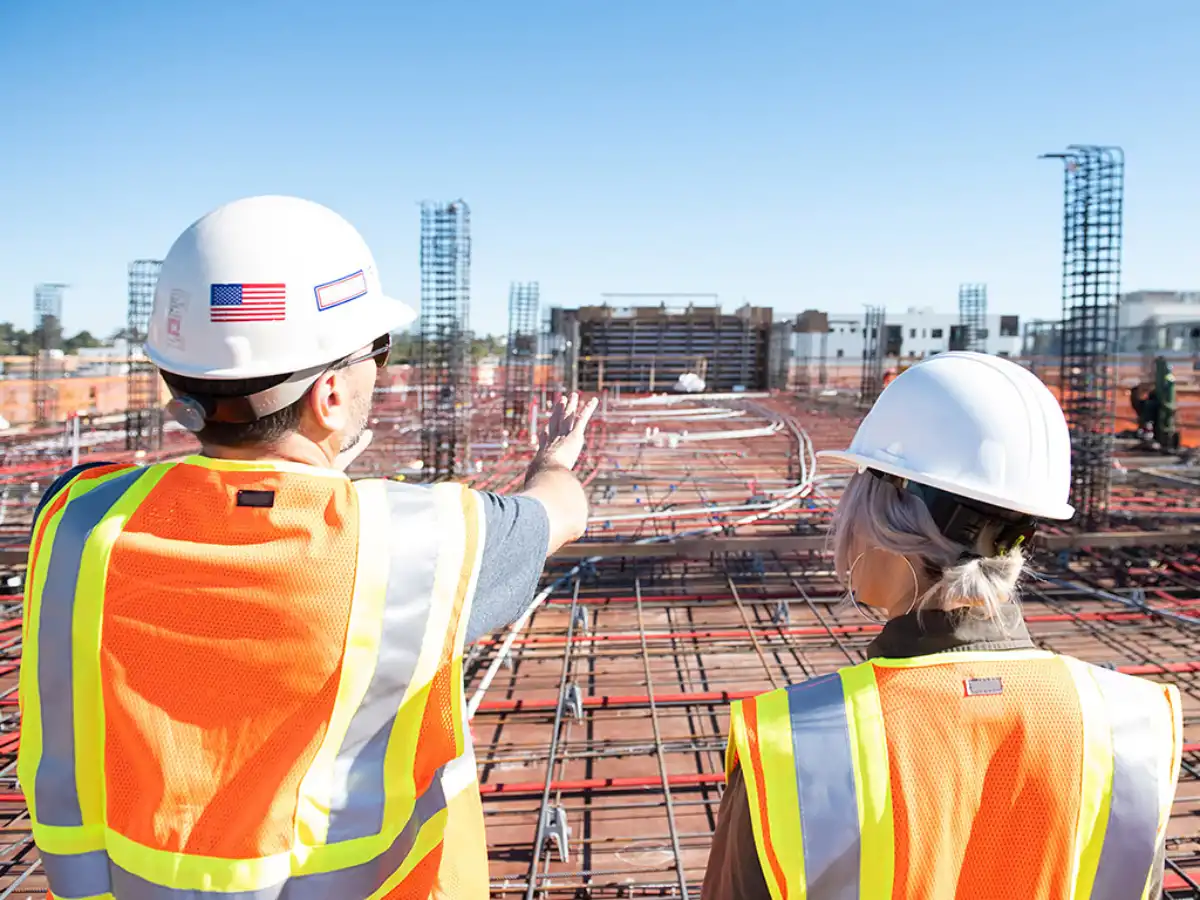
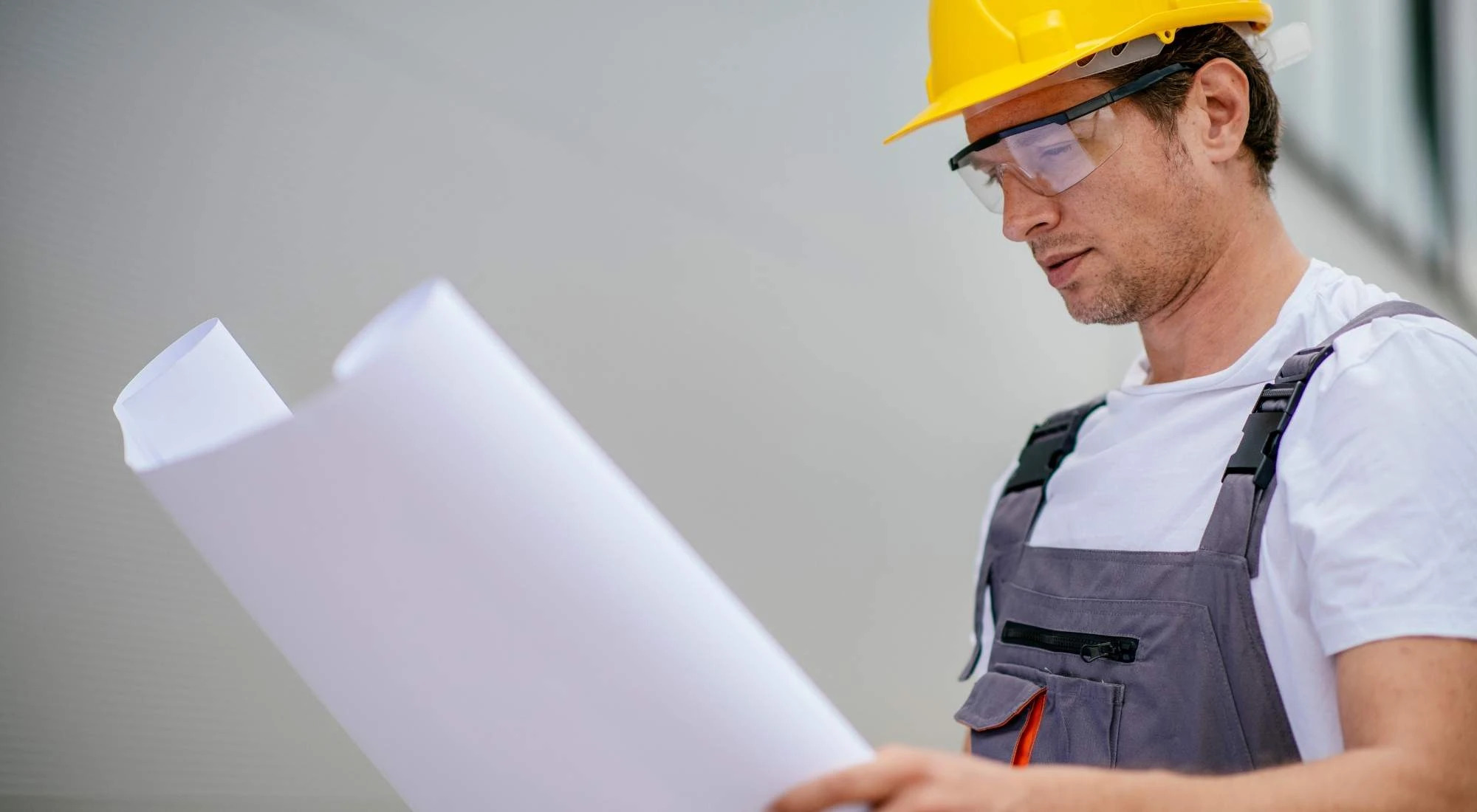

0 thoughts on “What Is Drainage In Construction”